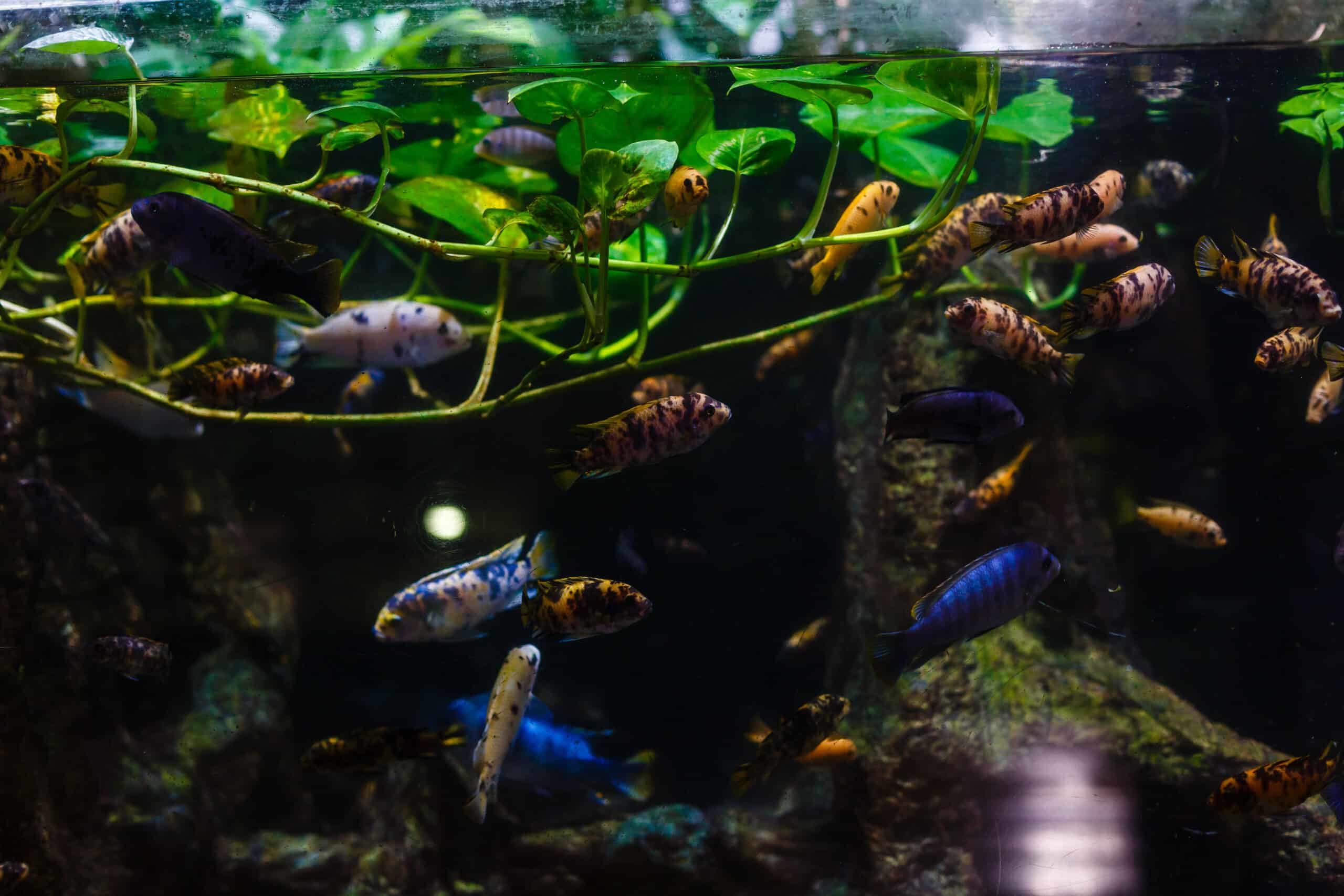Where do fish like to be in lakes?
Key Takeaways
- Largemouth and smallmouth bass are commonly found in lakes and prefer areas with fallen trees, weed beds, and rocky shorelines.
- Walleye prefer deeper water during the day and move towards shallower areas at night to feed. Look for them near drop-offs, underwater points, and submerged structures.
- Northern pike are ambush predators and are often found in weedy areas and near the edges of vegetation. They prefer cooler water and are more active during early morning and late evening.
When it comes to fishing in lakes, one of the key factors to consider is understanding where fish like to be. Knowing their preferred habitat can greatly increase your chances of success on your fishing trips. In this article, we will explore the different locations within lakes that fish are commonly found, based on the information available.
1. Largemouth and Smallmouth Bass
Largemouth and smallmouth bass are two popular game fish found in lakes across the United States. According to the information provided, these species can be found throughout all of the Finger Lakes, which include lakes such as Cayuga, Seneca, Skaneateles, Keuka, and more. Bass are known to seek cover, so look for them near structures such as fallen trees, weed beds, and rocky shorelines.
2. Walleye
If you’re targeting walleye, lakes such as Otisco, Honeoye, and Conesus in the Finger Lakes region are mentioned as having healthy populations of this species. Walleye tend to prefer deeper water during the day and move towards shallower areas at night to feed. Look for them near drop-offs, underwater points, and submerged structures.
3. Northern Pike
For those interested in catching northern pike, Seneca, Cayuga, Owasco, and Conesus lakes are mentioned as lakes known to produce large pike weighing over 20 pounds. Northern pike are ambush predators and are often found in weedy areas and near the edges of vegetation. They prefer cooler water and are more active during early morning and late evening.
4. Yellow Perch
If you’re targeting yellow perch, Seneca, Cayuga, Skaneateles, and Keuka lakes are mentioned as good options. Yellow perch tend to school together and can be found near the bottom in deeper water during the summer months. They are often found near structures such as submerged trees, weed beds, and drop-offs.
5. Crappies
Honeoye and Canandaigua lakes are considered the best for crappies. Crappies are often found near submerged structures such as fallen trees, brush piles, and weed beds. They prefer calmer water and are more active during low-light conditions.
6. Bluegill and Sunfish
Bluegill and sunfish can be found in all of the Finger Lakes, with Honeoye and Cayuga lakes being mentioned as especially good for bigger bluegill. These species are often found near shallow areas with vegetation, such as weed beds, lily pads, and submerged vegetation. They are more active during the warmer months and are often found near the surface.
While the information provided focuses on the Finger Lakes region in New York, it can still provide valuable insights into the preferred habitat of fish in lakes in general. However, it’s important to note that fish behavior can vary depending on the specific lake, time of year, and other environmental factors. Therefore, it’s always a good idea to do further research and consult local fishing resources or experts for more specific information about your target lake.
Related Websites:
FAQs:
Q: What factors influence fish location in lakes?
Fish location in lakes is influenced by various factors such as water temperature, oxygen levels, food availability, and shelter. Understanding these factors is crucial for successful lake fishing.
Q: How does water temperature affect fish location in lakes?
Water temperature affects fish metabolism and their preferred locations. Fish tend to seek areas with suitable water temperatures for feeding, spawning, and comfort.
Q: Why are oxygen levels important for finding fish in lakes?
Oxygen levels are significant for fish survival. Fish are more likely to be found in areas with sufficient oxygen concentrations.
Q: What role does food availability play in fish location?
Fish rely on various types of food sources in lakes. They congregate in areas where their preferred food sources are abundant.
Q: Why do fish prefer shelter and cover in lakes?
Shelter and cover are important for fish protection and ambush opportunities. Natural and artificial structures provide fish with the necessary shelter.






